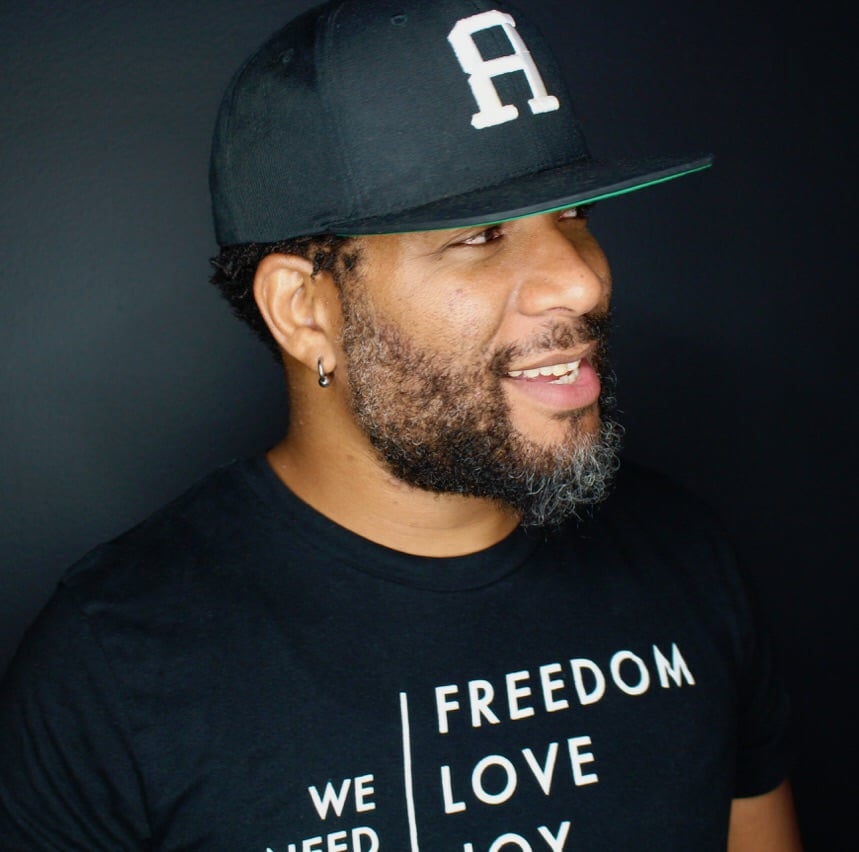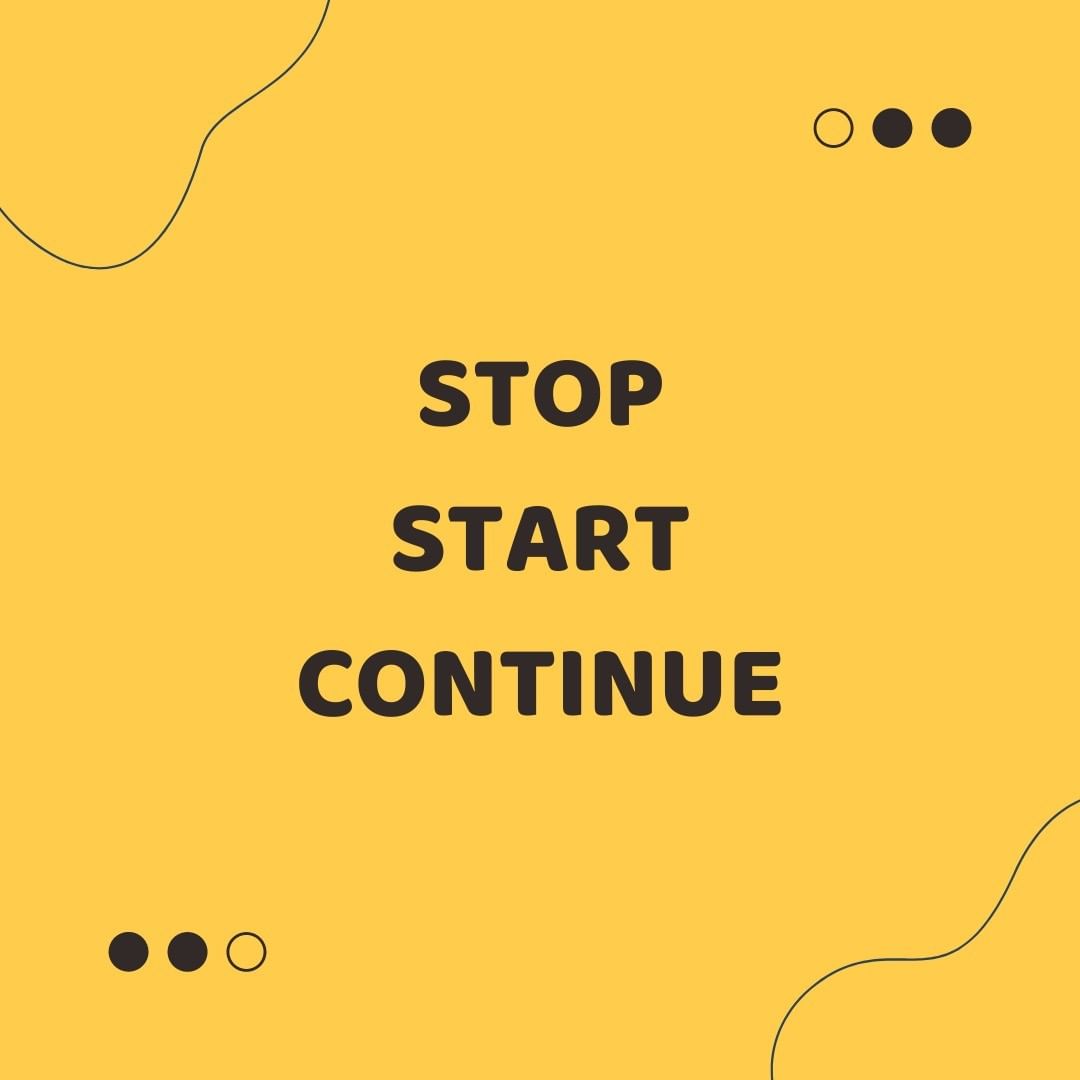The evolution of graffiti culture and its extraordinary impact on the community.
Renowned poet Maya Angelou once said, “You can’t really know where you’re going until you know where you’ve been.” It’s with this idea that we are examining the history of graffiti art and writing and its impact in and on our communities.
The origins of graffiti
“Bomb graffiti on the tomb of Nefertiti” – Lauryn Hill, Everything is Everything (The Miseducation of Lauryn Hill)
Ecclesiastes 1:9 What has been will be again, what has been done will be done again; there is nothing new under the sun. “Every element of Hip Hop existed for thousands of years before it amalgamated in the inner-city,” Haman Cross III, artist, and educator explains.
“When young people took on these arts to make a world around them when they were not allowed to contribute to the world around them. And they weren’t being nurtured in those inner-city marginalized communities. Rap music is simply spoken word and that goes back all the way. Then if we look at the dozens for the African American community it goes back to west Africa and it goes back to the slave ships.”
Likewise, writing your name on a wall of a building is not new, people have been doing that since 50s. However, Cross clarifies, “No individual was deciding to do it in a replicated fashion where their name would be seen over and over. It took particular individuals like Cornbread or Taki 183 to be like wait a minute I can actually do a repeated stamp. I can keep writing this and then the people see it and it becomes a tangible opportunity to put your name up in a place where no one is really recognizing you.”
How did graffiti become synonymous with gangs? “The gang culture of the 60s and 70s; which is the brown gangs that were created after, in response in particular to the polish, Italian gangs and European gangs that were dominating the high schools at the time when[inaudible] migration was happening into the urban areas,” Cross reveals.
“Communities began to be more isolated economically and children were completely marginalized in those spaces. And the only thing that they could create was gang culture for survival and commonality even though it was a destructive culture.
It’s really important to understand that, “as the arts of Hip Hop began to develop and gang culture began to change with gang truces and with young people really empowering themselves with political action then there’s a transmutation into, I’m not representing my gang, I’m representing my crew. So those gangs suddenly become localized crews under this mantle of hip-hop as hip-hop is evolving. We’re talking from about 67 to 73 when all that’s going down. And then we receive it.” says Cross.
What those who are outside of the culture didn’t understand then is the positive impact of representation and expression. Lavie Raven, who is also an artist and educator, describes his experience. “I think about the studies of culture and history of people and how our society is structured and things that we see when we travel. Different cities, different countries. And you experience the reflection of that culture in what you see on the walls, in the way the buildings are structured and the streets are laid out.”
Raven goes on to say, “Hip-hop and the writing art form [graffiti] was the first time I saw a reflection of me in that way. It’s specific to my experience as a black man in America. As a black kid in America.”
The mental anguish of not seeing positive images that look like you, and feel like you have an enormous impact on mental health and self-esteem. “I’d look thru art history and I’d see all these other things that weren’t a reflection of me. Or I’d go to museums and I’d see things that weren’t reflections of me and my experiences. But graffiti and hip hop and the music was that! This is the culture that I’m a part of. And I support seeing it [graffiti]. I don’t see it as vandalism. This is a reflection of my energy and my experience of this culture of America.”
The criminalization of graffiti
As black folk in America, we’ve always had to disrupt and interrupt to be seen, to be heard, and to be understood. “What fuels criminalizing expression?” Cross asks rhetorically. “And then what do we do as people when we don’t have a format to express who we are? And it’s not encouraged. There is this practice in street art and graffiti writing and art that is you’re going to in some way acknowledge who I am visually because you’re not acknowledging my presence, not considering my situation, my living conditions, and what’s happened to my people; whom I represent.”
“Its’ important to know that history. And that history is relevant because it will tie you to other cultural connections…. A cultural evolution in the writing [graffiti arts] community that has me concerned is that writing doesn’t belong to or come from the hood anymore. It does in L.A…but as an African American boy seeing writing in my neighborhood…the criminalization of graffiti and in Chicago, in particular, turning it in 1996 or 1997 from a misdemeanor to a felony, and the criminalization of all spray paint, markers wider than a quarter inch…it’s a hurtful and painful thing,” Raven adds. And it all matches up with the gentrification timeline, with people serving 3 to 5 years in jail because of graffiti.
Graffiti arts & education
Today we understand the importance of art and music in education. Study after study reveals that students who take a combination of arts programs demonstrate improved verbal, reading, and math skills. Of teaching graffiti to the youth, Cross says emphatically, “It sparks, it wakes up and encourages the risk-taking of expressing yourself.” It inspires creativity, thinking outside the box, and exploring what’s possible with your creative voice.
Tune in Sunday mornings at 10 am est. to Church on the Block, real talk about the church, the streets, and hip hop! Only on Holy Culture Radio, Sirius XM, Channel 154. Follow our hosts Pastor Phil, Pastah J and DJ Ruckus on Instagram and join the discussion.


Related Radio Show: CHURCH ON THE BLOCK

